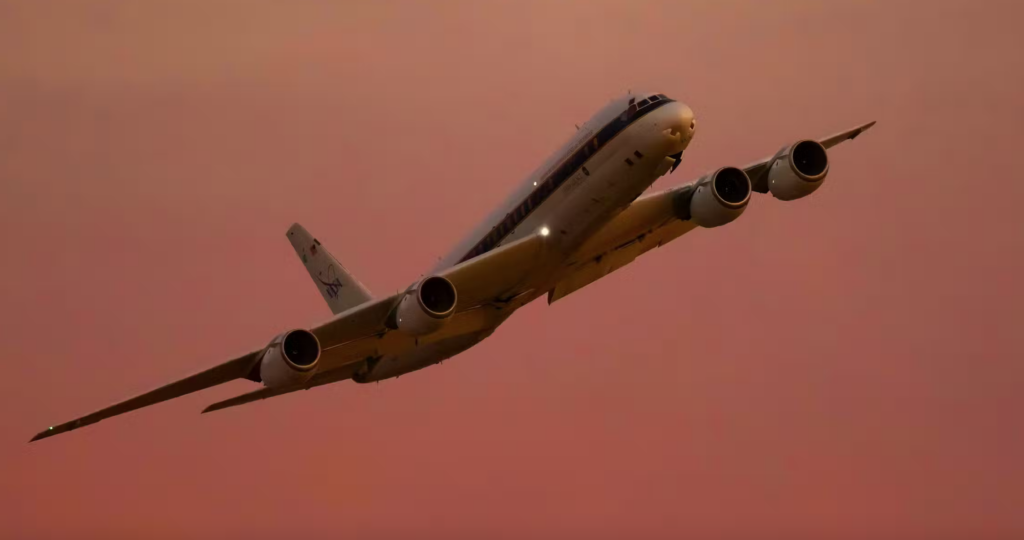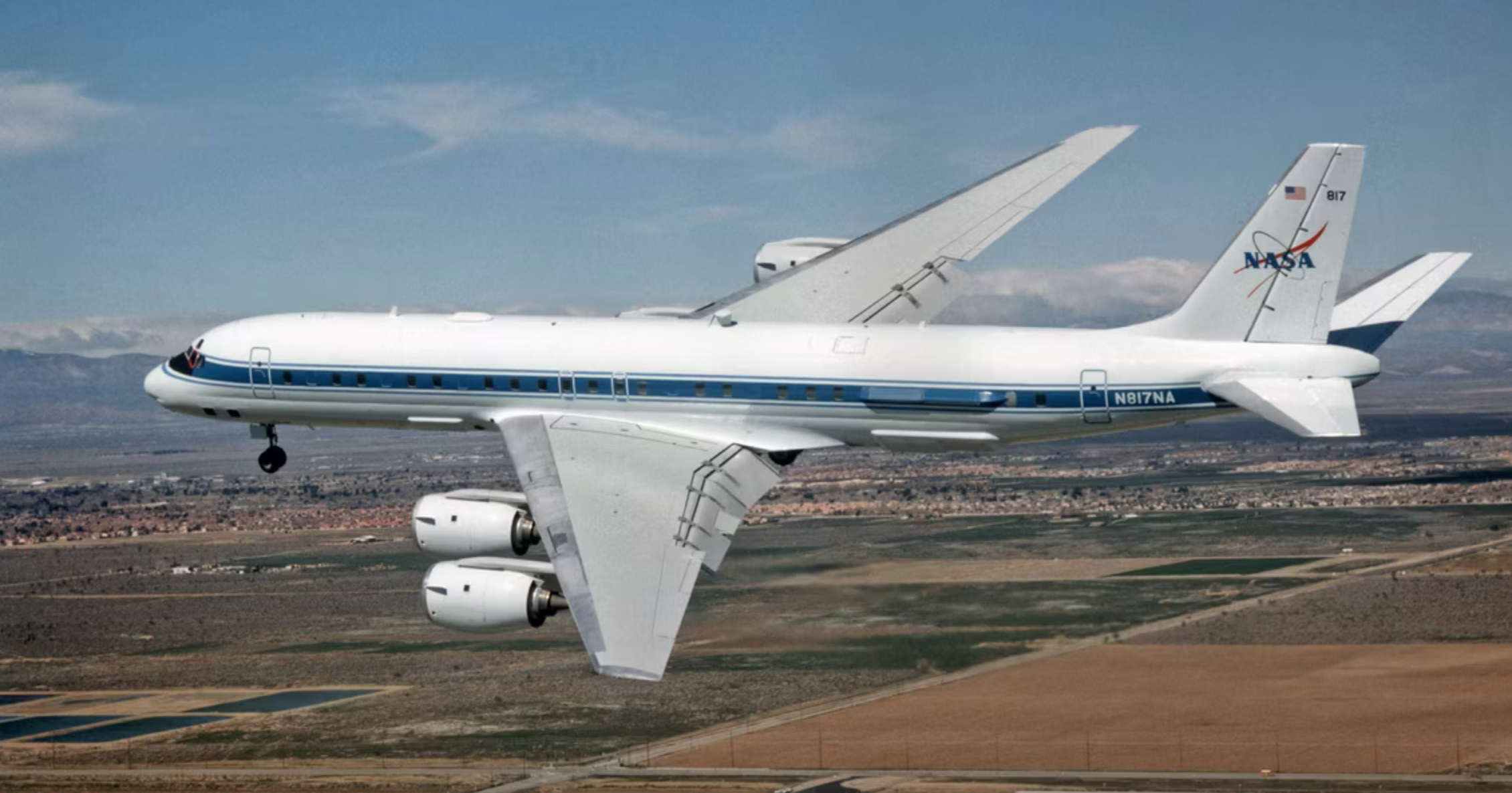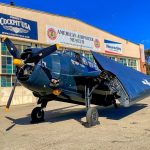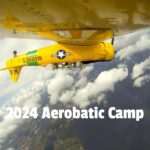NASA’s venerable McDonnell Douglas DC-8-72 research aircraft completed its final flight on May 15, arriving at Idaho State University in Pocatello. There, it will be used to train technicians in the university’s Aircraft Maintenance Technology Program.
The 55-year-old former airliner made its journey to Idaho after a 3-hour and 20-minute flight from Palmdale, California. Along the way, it performed flybys at NASA’s Armstrong Flight Research Center at Edwards Air Force Base and the NASA Ames Research Center near San Jose.
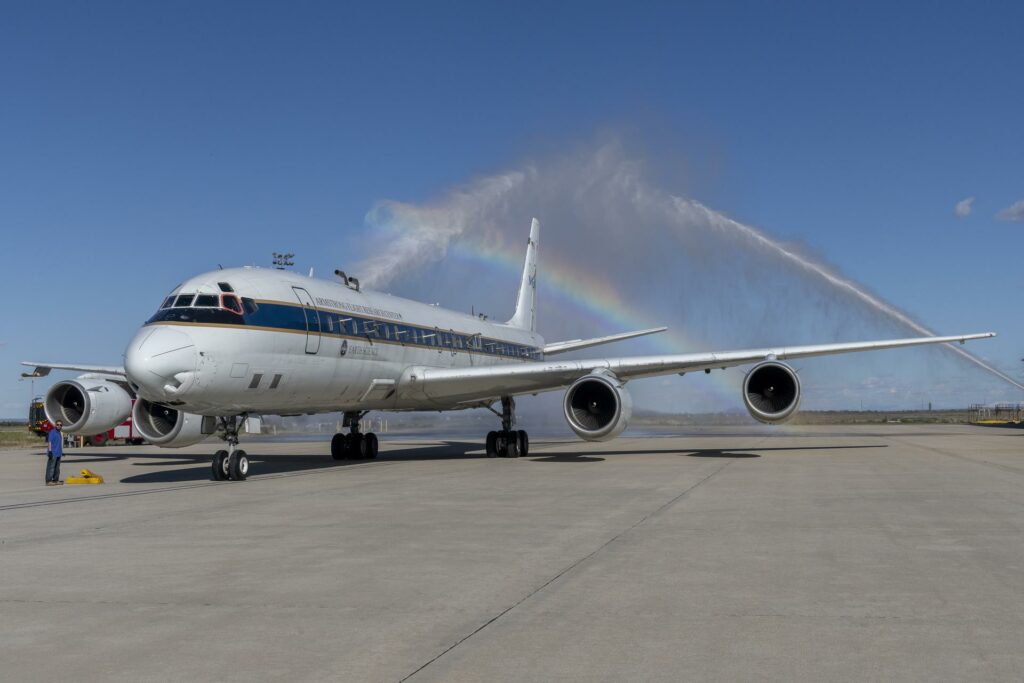
NASA/Steve Freeman
NASA acquired the aircraft in 1985, and it participated in 158 science missions before officially retiring on April 1, following the completion of the Airborne and Satellite Investigation of Asian Air Quality program. Originally delivered as a DC-8-62 variant to the former Italian flag-carrier Alitalia in 1969, the aircraft later served with Braniff International. In 1984, it was re-engined with CFM56-2 engines and converted to a DC-8-72 standard.
The retirement of this aircraft leaves Samaritan’s Purse charity organization operating the only remaining U.S.-registered DC-8-72. According to Aviation Week Network’s Fleet Discovery database, the only other DC-8s still in operation are in the Democratic Republic of Congo, where the air force operates one and freight carrier Trans Air Cargo Service uses two.
In its role as NASA’s Airborne Science Laboratory, the DC-8 was primarily used for four key mission types: sensor development, satellite sensor verification, space vehicle launch or re-entry telemetry data retrieval and optical tracking, and Earth’s surface and atmosphere research studies.
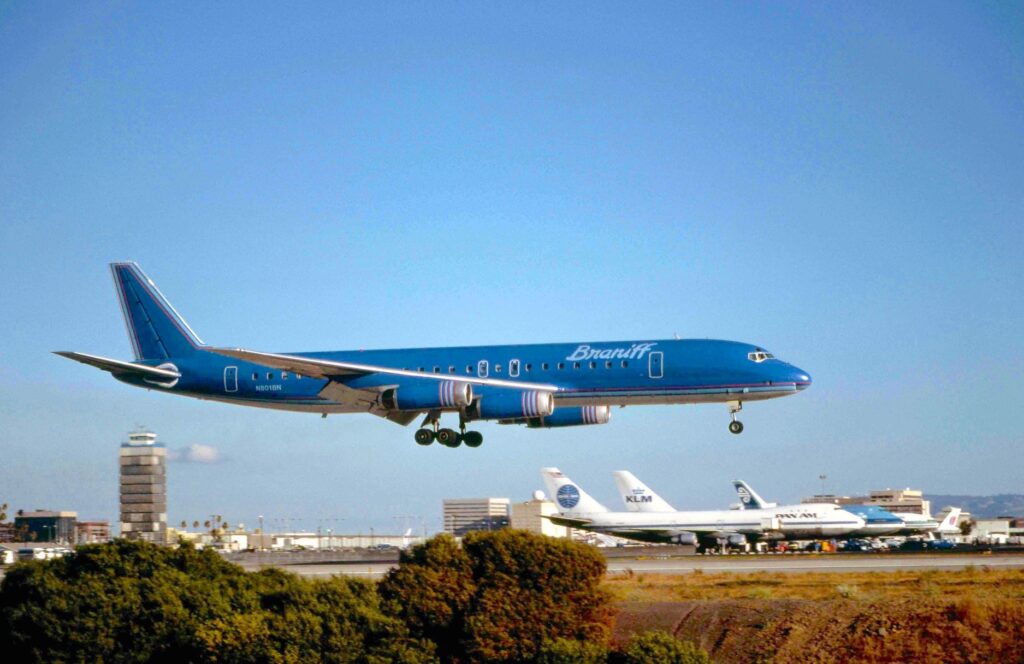
Satellite sensor verification missions involved flying the DC-8 beneath a satellite’s path and comparing data from onboard instruments with the satellite’s data to refine the algorithms used for interpreting satellite information. Telemetry data missions supported the Missile Defense Agency’s Space Tracking and Surveillance Demonstration satellite launches and NASA’s Glory Earth science satellite launch.
The DC-8 also provided optical tracking for spacecraft re-entries, such as the European Automated Transfer Vehicle in 2008 and Japan Aerospace Exploration Agency’s Hayabusa spacecraft in 2010.
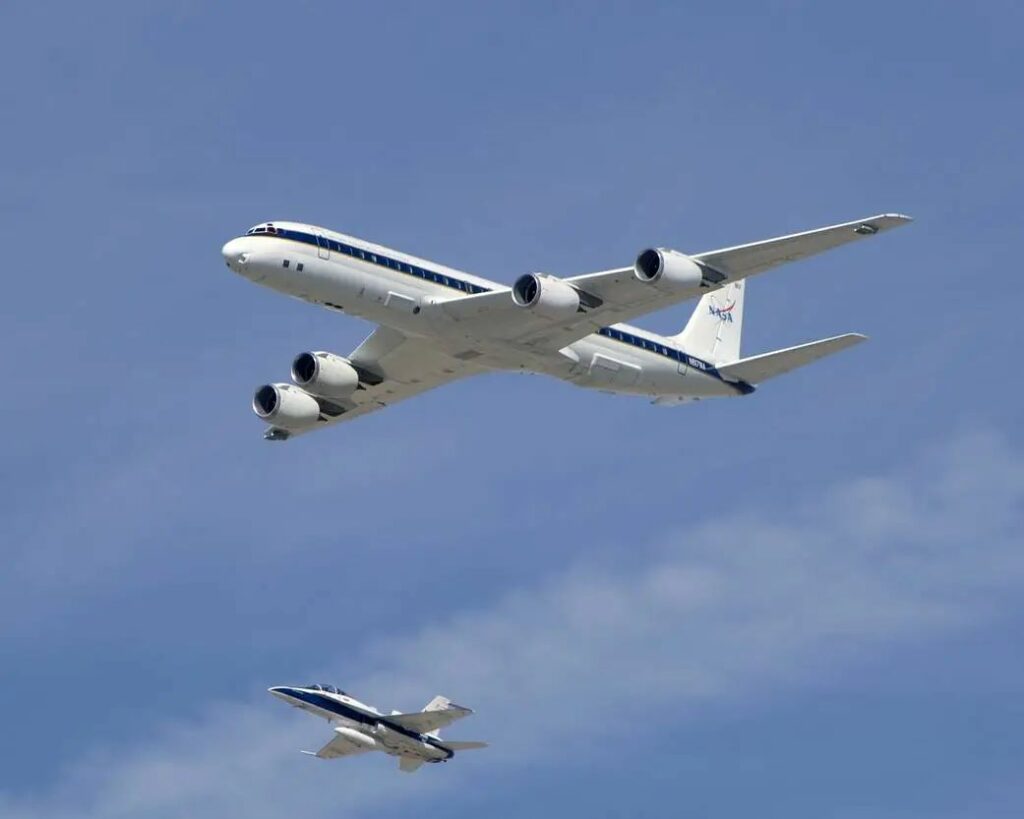
Over the past 30 years, the DC-8 has become closely associated with NASA’s Earth sciences mission, notably through its extensive participation in Operation IceBridge. This annual polar ice field campaign involved flights over Antarctica from Punta Arenas, Chile, and similar surveys over the Arctic from bases in Greenland.
NASA is currently modifying a 777-200ER to replace the DC-8, with the selection announced in January 2023. This former Japan Airlines aircraft, delivered new to the carrier in 2003, had been stored at Victorville, California, since May 2020 before NASA acquired it. The General Electric GE90-powered 777 was flown to NASA Langley Research Center in December 2022 for modification. NASA anticipates the aircraft will undertake its first airborne science missions in 2025.
The DC-8’s retirement, driven by the increasing costs of maintenance, spares, support, and training, follows the December 2022 retirement of NASA’s other large science aircraft, the Stratospheric Observatory for Infrared Astronomy (SOFIA) 747SP airborne telescope.
